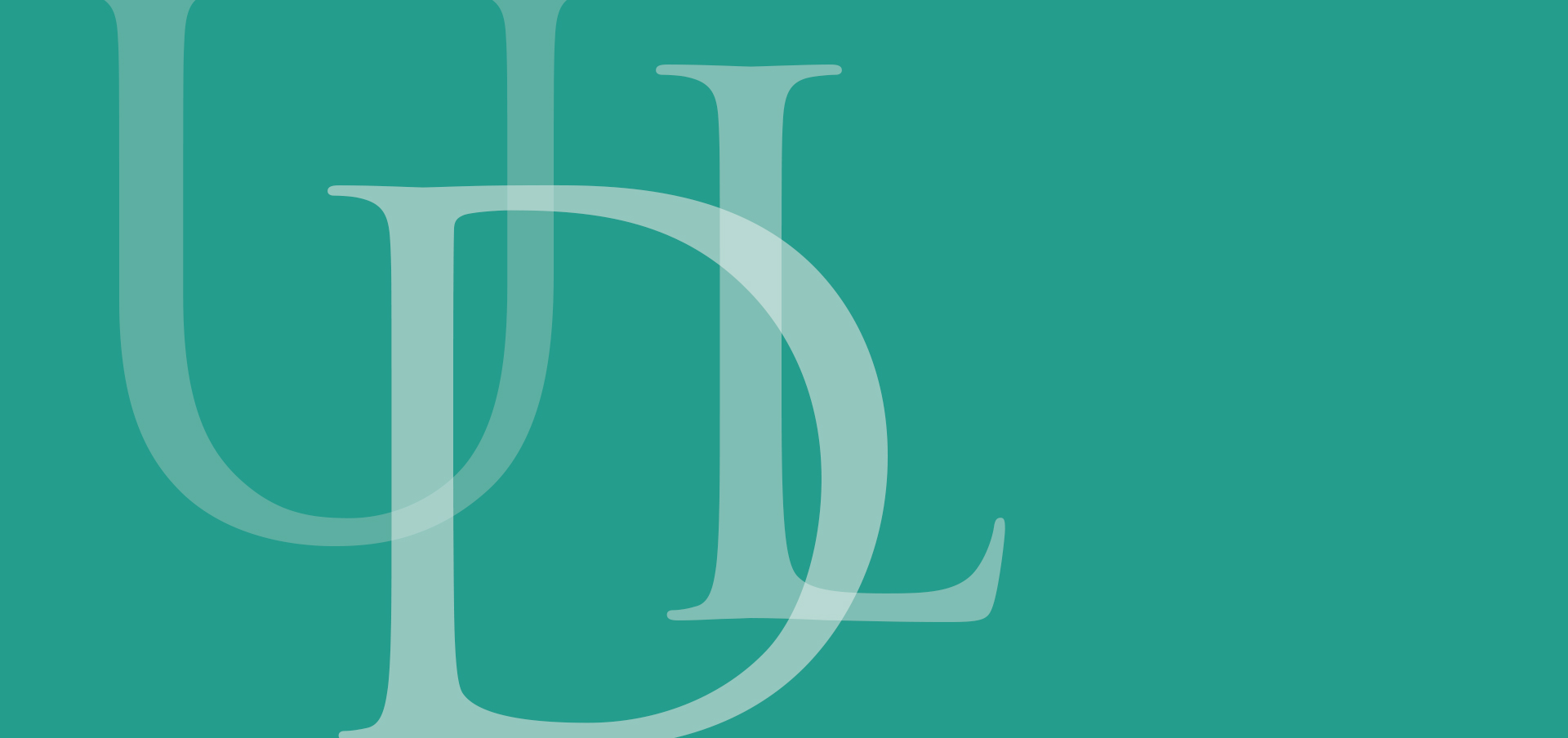Universal Design for Learning (UDL) is a framework to improve and optimize teaching and learning for all people based on scientific insights into how humans learn. In 2017, with support from the Davis Educational Foundation, Goodwin College established its first cohort of instructors to re-examine their teaching methods and to stretch themselves creatively in working with students of wide-ranging learning differences and educational experiences. Several of those instructors have agreed to be contributors to the Goodwin College blog.
Universal Design for Learning Series
by Dr. Michael Wolter, Program Director, Management and Leadership
Thinking Differently to Gauge Student Comprehension
A couple of years back, when I first heard the term UDL during a professional development day at Goodwin College, my first thought was, “Ugh… not another acronym to remember.”
But as I heard more about Universal Design for Learning, I realized it was a concept I had inherently been incorporating into my classroom already, though at a very rudimentary level. I wanted to learn even more. How could I expand my basic version of this design into something robust and effective for my students? While the commitment of completing my doctorate prevented my joining Goodwin’s first cohort, my mentee shared with me the exciting things she was doing in UDL. I knew that once my doctorate work was completed I wanted to participate; timing and the stars ultimately aligned and I was able join the second cohort.
As a faculty member and program director, I strive to find unique ways to foster learning through multiple media and to find that niche where I can create engagement both in the classroom and through a fully online program. With my work in the UDL second cohort, I have found a great resource to do just that. The first step in this new journey was to accept that UDL is not about designing course shells that limit the instructor in communicating the course materials, a common misconception among instructors (myself included).
Quite the opposite, UDL is a method of innovatively communicating the same course information in ways that satisfy the variety of needs, skills, and learning styles among my students — in any platform, online or on-ground. In short, UDL is a standards-based design for curriculum. Now that I see the bigger picture, I understand how it can be integrated into any learning infrastructure regardless of subject, course content, or industry-specific standards/accreditations.
As with any strategic plan for an organization, you need to focus on the end game (goal) first. As an instructor, you must ask yourself what you want students to know at the end of the course, weekly unit, or workshop. The next step is to think of all the ways the students can potentially communicate how well they understood and met the goals set out for them.
The UDL workshop at Goodwin College was a great resource for collaboration and sharing of ideas among colleagues. Being technologically savvy, I found it exciting to incorporate “test simulations” into my classes as a way for students to communicate the depth of their understanding. My students were more than amenable to being my guinea pigs, trying out new methods of connection. The responses to the inclusion of these new UDL components in the course room structure were very positive.
For example, cell phones and laptops in the classroom often frustrate instructors. Why not turn that “distraction” into a tool to engage students? Each classroom is already equipped with SMART Boards and Internet access to videos, video conferencing, and in-class survey methods, all which require the use of cell phones and laptops. This keeps students focused and reduces opportunities for their minds to drift off onto other topics.
Recently, I incorporated Padlet — a virtual online bulletin board — and video discussion boards into my course framework. Though a few students were initially hesitant about this new technology to demonstrate their understanding, they soon embraced it as an alternative method of expression beyond the typical written assignments or presentations. In our culture of standardized testing and expectations, it provided exciting ways for students to awaken their dormant creativity and to demonstrate that they understood the material and could communicate their comprehension with me.

Learn more about the Management and Leadership program at Goodwin College.
Goodwin University is a nonprofit institution of higher education and is accredited by the New England Commission of Higher Education (NECHE), formerly known as the New England Association of Schools and Colleges (NEASC). Goodwin University was founded in 1999, with the goal of serving a diverse student population with career-focused degree programs that lead to strong employment outcomes.

